'It is truly ugly': Family decries deadly violence migrants face in Juárez on journey to US
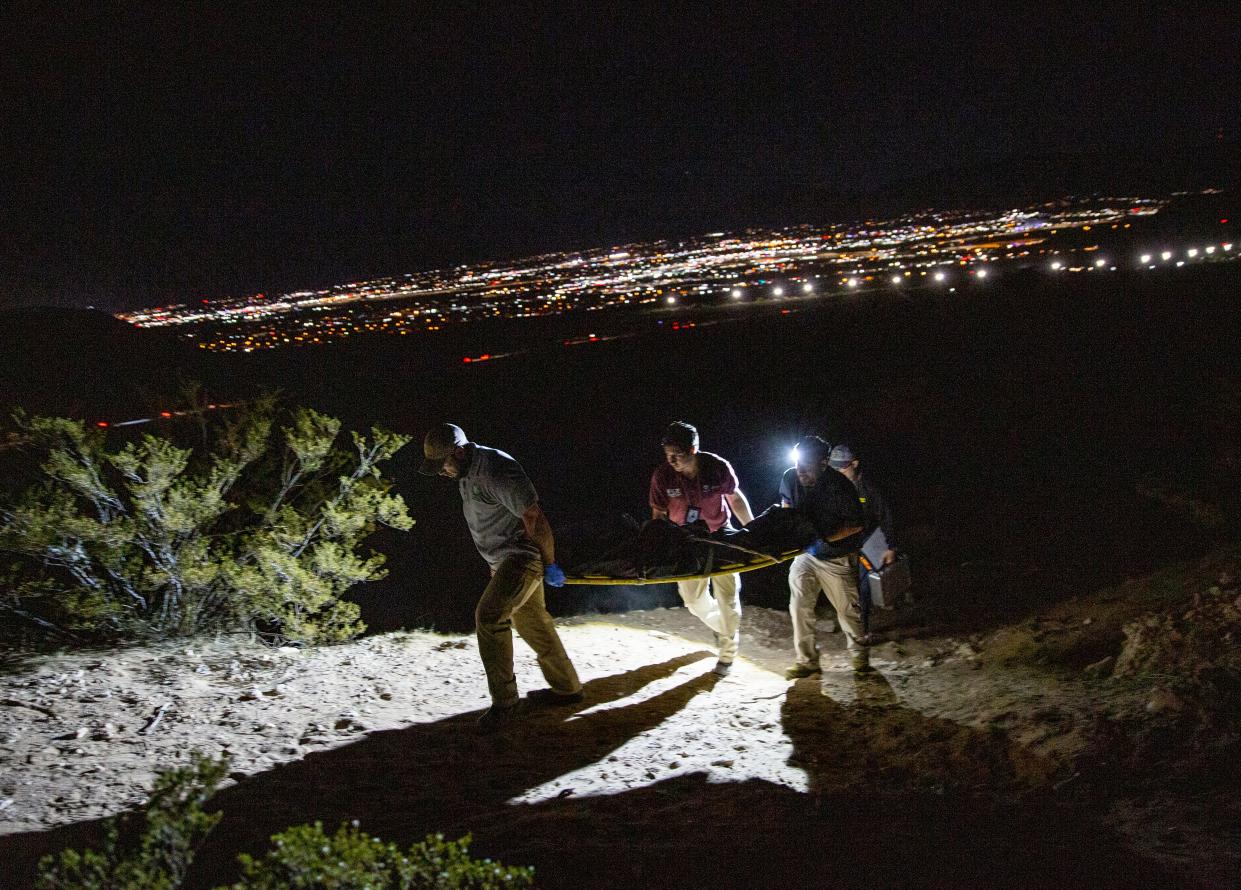
Editor’s note: This story contains reporting and images that some readers may find disturbing. Leer en español.
JUÁREZ — Her thin body was found lifeless and abandoned in a ravine in the impoverished border community of Lomas de Poleo, an area that undocumented migrants frequently traverse to cross from Juárez to Sunland Park, New Mexico.
With brown skin and dark hair, dressed in athletic clothes and blue socks but no shoes, the young woman in her 20s was lying on her back in the sand. A thick stream of blood, now dry, ran from her nose and her forehead and pooled beneath her head. Cuts on her right arm were visible through the torn sleeve of her hoodie.
“I was looking for her purse or backpack, shoes, an identification, but she had nothing with her," a state police investigator said at the scene. "This is a popular route toward the United States.”
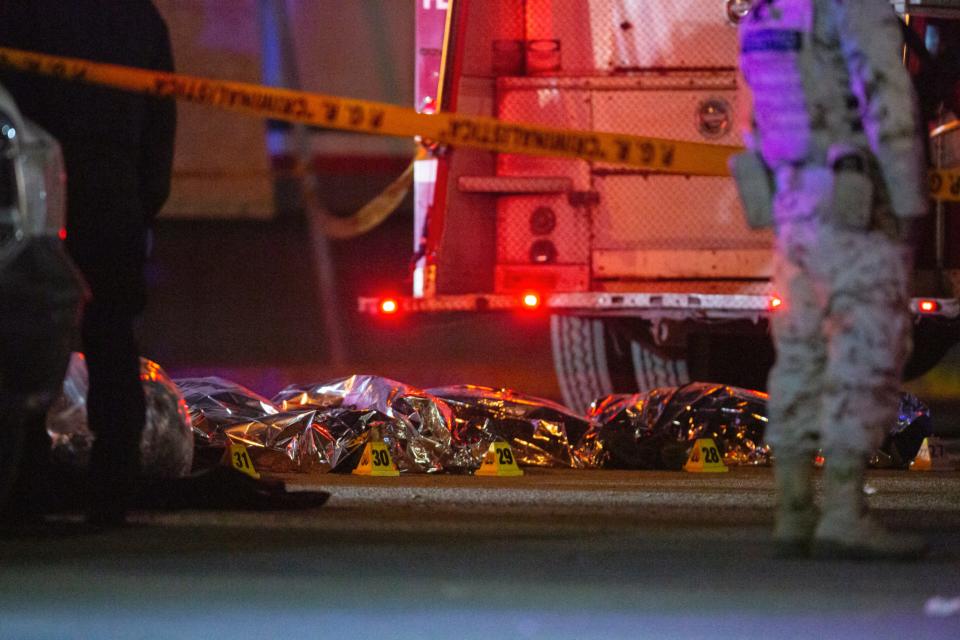
The woman was added to a list of 69 possible migrants — 68 foreign nationals and one Mexican — who have died in Juárez between Jan. 1 and Nov. 7, 2023, according to an El Paso Times investigation. The number includes the 40 foreign migrants who died in the migrant detention center fire on March 27.
There is no exact figure on the number of disappeared and deceased migrants in Juárez.
The Biden and Trump administrations both relied heavily on policies that pushed migrants back to Mexico to manage one mass migration crisis after another. This has resulted in thousands of migrants being returned to Juárez and other border communities.
Human rights advocates say policies that force vulnerable migrants to wait in Mexico to seek asylum in the U.S. expose migrants to attacks while awaiting immigration relief.
Of the 69 dead, 14 have yet to be identified. Authorities said that the woman found in Lomas de Poleo was Guatemalan, but in other cases, it has not even been possible to determine the deceased’s country of origin, according to state investigators.
More: 'It's heartbreaking': Day after day, New Mexico investigator recovers migrant remains
Migrants face not only the region’s inhospitable climate during both summer and winter, but also various cartels that for years have controlled the movement of undocumented people between Juárez and the United States.
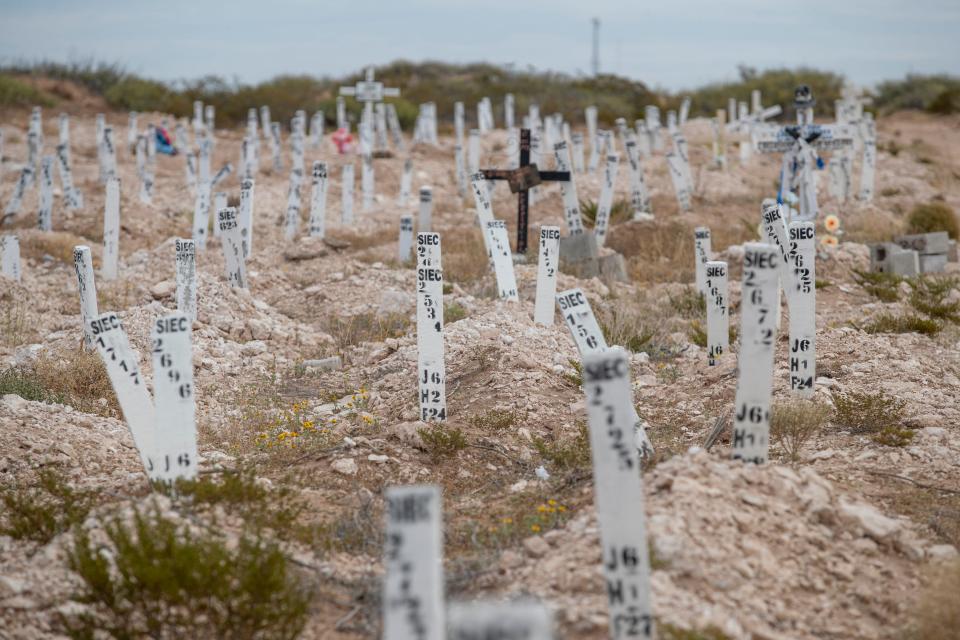
The scope of the problem is reflected at the national level in Mexico: There are more than 52,000 unidentified bodies and over 110,000 missing persons across the country. Among these victims are many migrants who are caught in the middle of the frequent “wars” between organized crime groups at the northern border of Mexico.
In Juárez, 88% of violent incidents are related to organized crime, César Gustavo Juáregui, Attorney General of Chihuahua, said in a news conference on Nov. 10.
Migrants die at the hands of “coyotes,” kidnappers or even the military.
Carlos Manuel Salas, district attorney for Chihuahua’s Northern Zone, which includes Juárez, confirmed that shots fired by Mexican army personnel killed two migrants and injured four in the Santa Teresa desert on Oct. 9. The case is being investigated by federal prosecutors.
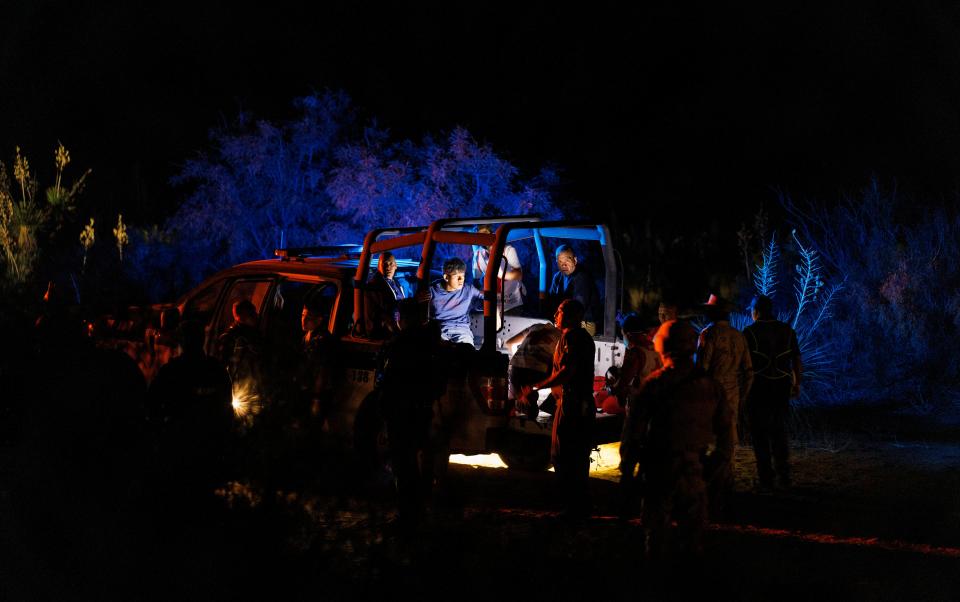
When a migrant dies in Mexico, the process of recovering and identifying the body and, in the case of foreign nationals, repatriating the remains, depends almost entirely on how the person died. If the death was accidental, there is coordination between the attorney general’s office and the relevant consulates, though there are significant challenges even in these cases.
But if a migrant was murdered by an organized crime group, the perpetrators generally eliminate anything that might hint at the victim’s identity, including using chemicals to disfigure the body or burying the remains in isolated locations or “clandestine graves.”
Between 2007 and 2021, the attorney general’s office documented 350 clandestine graves in Chihuahua, holding at least 643 bone fragments, skeletons or bodies.
Both issues — missing persons and unidentified remains — affect Mexican migrants and those from other countries who are in transit toward the United States.
The situation becomes more complicated when local or federal authorities are involved in the crime of disappearance, or the making of a person to go missing. In Mexico, the legal term for this crime is “enforced disappearance,” which is characterized by the refusal of authorities to acknowledge the fate or whereabouts of a missing person.
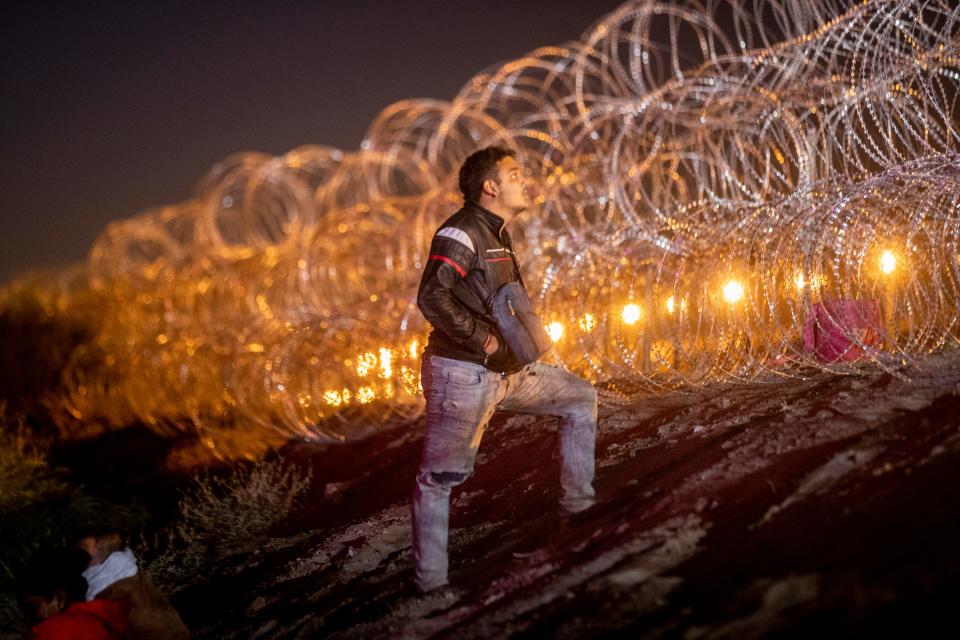
In the last several years, under pressure from victims’ families, non-governmental organizations and international humanitarian agencies, Mexico has had to move toward creating laws and protocols for the discovery of human remains, for missing persons searches and for improving forensic anthropology procedures.
Nevertheless, the challenges are formidable when viewed alongside investigators’ low salaries, inadequate staffing in relevant agencies, the decades-old backlog of cases and the shortage of crime scene investigators who are specialized in forensic anthropology in Mexico.
Finding the body of a migrant does not mean that justice will be obtained through the legal system. Families may never receive their loved one’s remains, even if it is proved that he or she was buried in one of the unmarked plots owned by municipal authorities themselves.
'I never thought Juárez would be like this'
Beatriz Correa was born in the Mexican state of Morelos, where high rates of violence stem from disputes among criminal organizations — dynamics similar to those in Chihuahua. She cries on the phone as she remembers what she and her family experienced in Juárez.
Two years ago, her brother, Alejandro Correa, 34, wanted to cross the border into the United States from Juárez, illegally. Smugglers picked him up at the airport.
On Feb. 5, 2021, Correa called his sister and asked her to take care of his 12-year-old son. She tried to persuade him to change his mind.
“I have nothing left to lose,” Correa told her. “I have to try.”
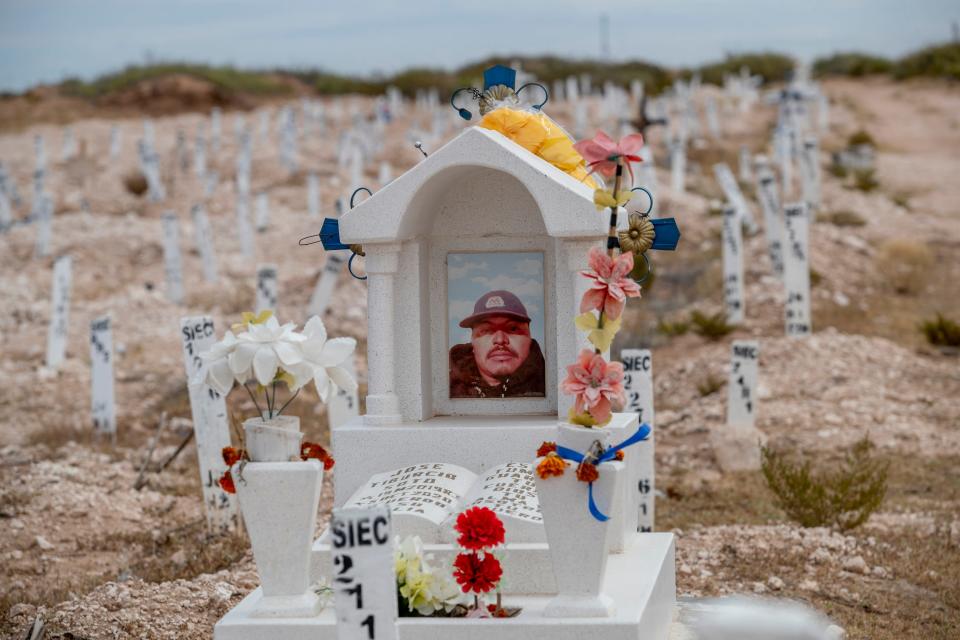
Days later, Correa’s family discovered that he had been kidnapped and taken to a safe house. The kidnappers demanded the family pay 90,000 pesos, about $5,000, for his return. His family had nowhere near that amount and managed to send a transfer of only $800 in exchange for his freedom. But Correa was not released.
“I never thought that Juárez was like that. It’s another level (of violence). In other places things happen, but there it is truly ugly,” Beatriz Correa said. “I have sincerely come to believe that everyone there is evil.”
Correa’s struggle with state authorities in Juárez to find her brother has been a journey of frustration.
“In May, I asked (the Chihuahua state search commission) to please help me check with the morgue, but they told me that they are not permitted entry. They are part of the same government, and they don’t even have access,” she said. “If they had had access to that information, then I would have found my brother sooner.”
Correa only began to get timely and helpful answers when she reached out to the Centro de Derechos Humanos El Paso del Norte (Paso del Norte Center for Human Rights), a non-governmental organization in Juárez, for support.
From theory to practice
Mexico's General Law on Enforced Disappearance and the National System of Search for Missing Persons went into effect in 2017 with the support of international agencies and organizations specializing in migration issues.
Iván Silva Arévalo, senior associate with the Protection Program of the International Organization for Migration (IOM), a United Nations agency, recalled that this law was born out of the distrust that families had toward Mexican authorities in the matter of missing persons searches and human remains discoveries.
“(The law) was also driven by caravans of mothers that came from Central America to look for their loved ones (in Mexico) and were trying to make contact with the authorities in charge,” Silva Arévalo added.
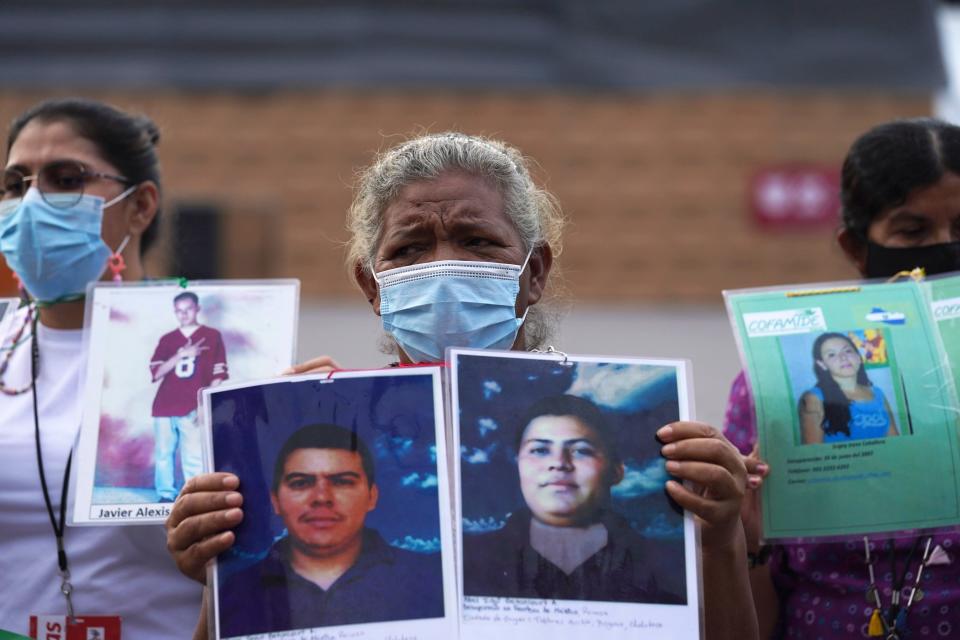
Various laws and Mexico's approved search protocol establish that the process of identification is most efficient when there is a multidisciplinary approach, using physical evidence such as the victims’ material belongings and dental and medical records, as well as DNA and fingerprinting.
Official reports should also include information about the context of the disappearance and about the discovery of the body or skeletal remains, according to the protocols.
The federal government publishes the National Registry of Disappeared and Missing Persons with little information. Since 2014, the IOM has labored to maintain the Missing Migrant Project, a database of statistics on missing and deceased migrants. It’s an exhausting workload for a single organization to handle.
“In practice, when trying to find a living or dead migrant, the situation is more like a never-ending vicious cycle,” said Daniel Alejandro Durán Calderón, director of the Centro de Derechos Humanos El Paso del Norte (Paso del Norte Center for Human Rights).

“There is a crisis of forensics,” Durán Calderón said. “In Chihuahua there are many (bone) fragments in the Valle de Juárez area. (But) the technology to identify them isn’t there. The money isn’t there.”
Durán Calderón’s own brother, César Gonzalo, was disappeared on July 19, 2011, in Cuauhtémoc, Chihuahua. Since then, Daniel has focused on the search for victims of forced disappearances committed by private individuals and by authorities.
“Mexico has the protocols. (The government) told the United Nations that they’re continuing to improve them,” Durán Calderón said. “But this year the UN visited Mexico, including Chihuahua. They interviewed families and organizations and they realized that (the supposed improvements) are not a reality. The problem is coordination, economic resources, and also that many authorities are involved (in the crimes) so they obstruct and they hide information.”“This means that the authorities would be investigating themselves. So instead, it falls to the families to do the investigation, because the authorities push them into that. The families end up facing safety issues. They’re doing the investigation with the pain and the chronic emotional toll.”
There are occasions when there is a documented lack of communication between the accredited consulates in Mexico and the local authorities, he said.
Ana Lorena Delgadillo, director of the Fundación para la Justicia y el Estado Democrático de Derecho (Foundation for Justice and the Democratic Rule of Law), has 20 years of experience.
“In general, if the families do not have assistance (from lawyers or organizations), it is very difficult for them to travel this road alone (to find their relatives, dead or alive),” she said.
After visiting Mexico to verify the progress made in the investigations of disappearances, the United Nations Committee on Enforced Disappearances concluded in September that there is an alarming number of reported disappearances in the country along with insufficient investigation, making “impunity almost absolute.”
Indispensable NGOs
Some local non-governmental organizations, search groups made up of victims’ family members and international associations are way ahead of the authorities: They establish communication and support not only in Mexico, but internationally. They coordinate and together search for migrants who may be alive or try to locate their remains.
The Centro de Derechos Humanos El Paso del Norte and the Casa del Migrante, a shelter in Juárez, accompany families who have already located a deceased loved one in Juárez and want to recover the body. This is practically the only way to do so with any success.
In the case of Beatriz Correa, the Paso del Norte organization had to submit an information transparency request to the state government on all of the unidentified bodies in Juárez. That’s how they finally found Alejandro, some 13 months after he was disappeared.
Beatriz Correa cannot yet recover her brother’s remains because he was buried in a section of the municipal cemetery reserved for unidentified bodies. In 2022, the attorney general informed her that she needed to wait five years for an exhumation.
Ivonne López, a social worker with nine years of experience at Casa del Migrante, explained that she has personally obtained legal documentation and financial help from funeral homes to help families from other countries. She also offers psychological services to families.
Charles Duverger, former representative of the Fifth Visitation of the National Commission for Human Rights (CNDH in Spanish), was responsible for the migrant service program until a year and a half ago. He summarized the current reality of migrant disappearances and deaths in Mexico like this:
“One of the most important institutions within reach of the people is the judicial branch, and along with that the attorneys general, the investigators and the human rights institutions, but currently is there really any vigilance over human rights within the migration issue?”
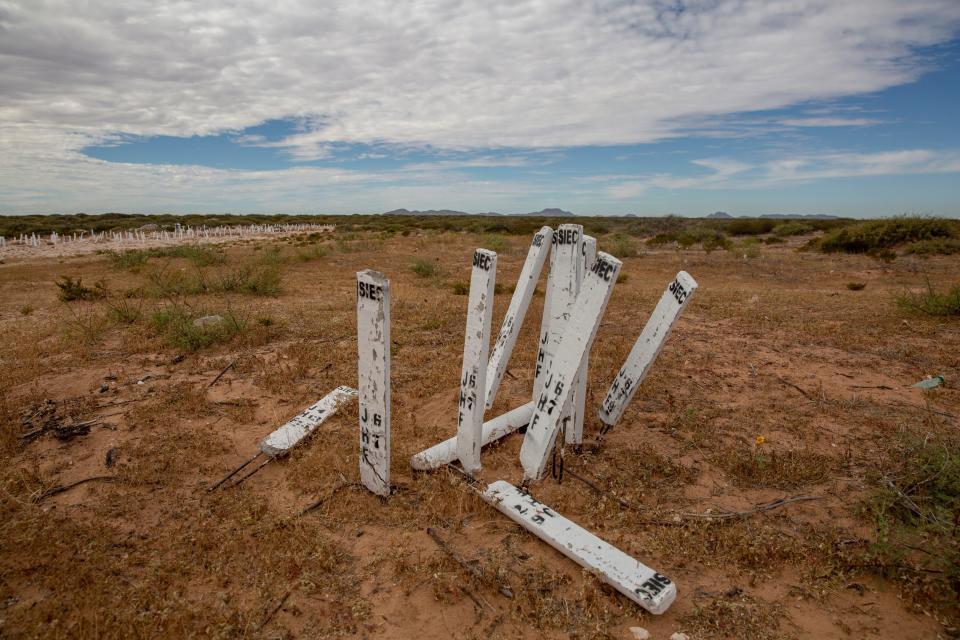
The reality is that there is still much to be done to gain access to the justice system — that is, to investigate and to solve these deaths.
The Attorney General of Chihuahua and the Local Search Commission of Juárez did not respond to El Paso Times' interview requests.
Beatriz Correa, whose brother was disappeared, kidnapped and killed as he tried to migrate, called on authorities to do something.
“All I ask is that the government stop covering all this up,” she said. “They know what is happening in Juárez, that many people are disappearing. I guess it is not easy to control it, but they can do something.
"They can at least put signs in the airport, because it is unbelievable. I don’t know why they hide (the problem). I deeply regret not knowing what Juárez was like.”
This article originally appeared on El Paso Times: Migrant deaths, disappearances hard to track at El Paso-Juárez border

